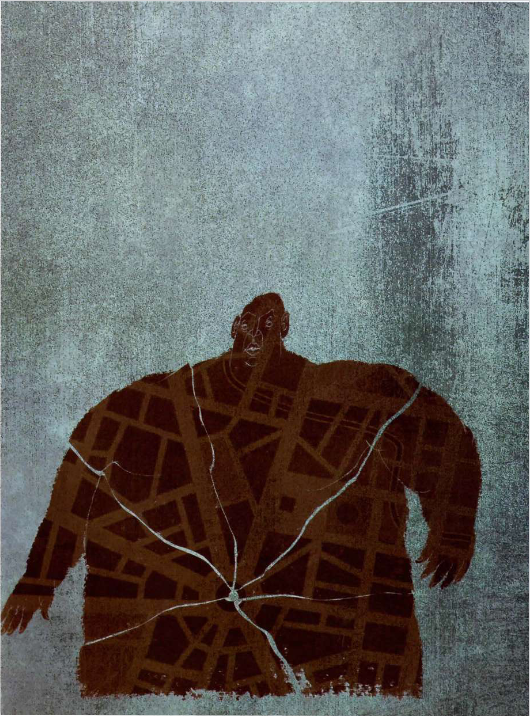Metropolitan peripheries, new spatialities and new ways of life:
the case of the municipality of Huehuetoca, State of Mexico.
DOI:
https://doi.org/10.24275/WYQV6012Abstract
The aim of this paper is to understand how, in the municipalities of the metropolitan peninsula, the massive production of mass housing in the so-called Conjuntos Urbanos has been modifying the socio-spatial morphology of the places where they have been located, spaces characterised until a decade ago by the dominance of agricultural activities, generating impacts on both the municipal administration and the existing social fabric (popular villages and neighbourhoods).We analyse how the different peripheral metropolitan spaces are articulated, how they share the territory, what types of ways of life they are producing and how they are linked to the metropolis.
Downloads
Published
How to Cite
Issue
Section
License
Copyright (c) 2018 ANUARIO DE ESPACIOS URBANOS, HISTORIA, CULTURA Y DISEÑO

This work is licensed under a Creative Commons Attribution-NonCommercial-ShareAlike 4.0 International License.









